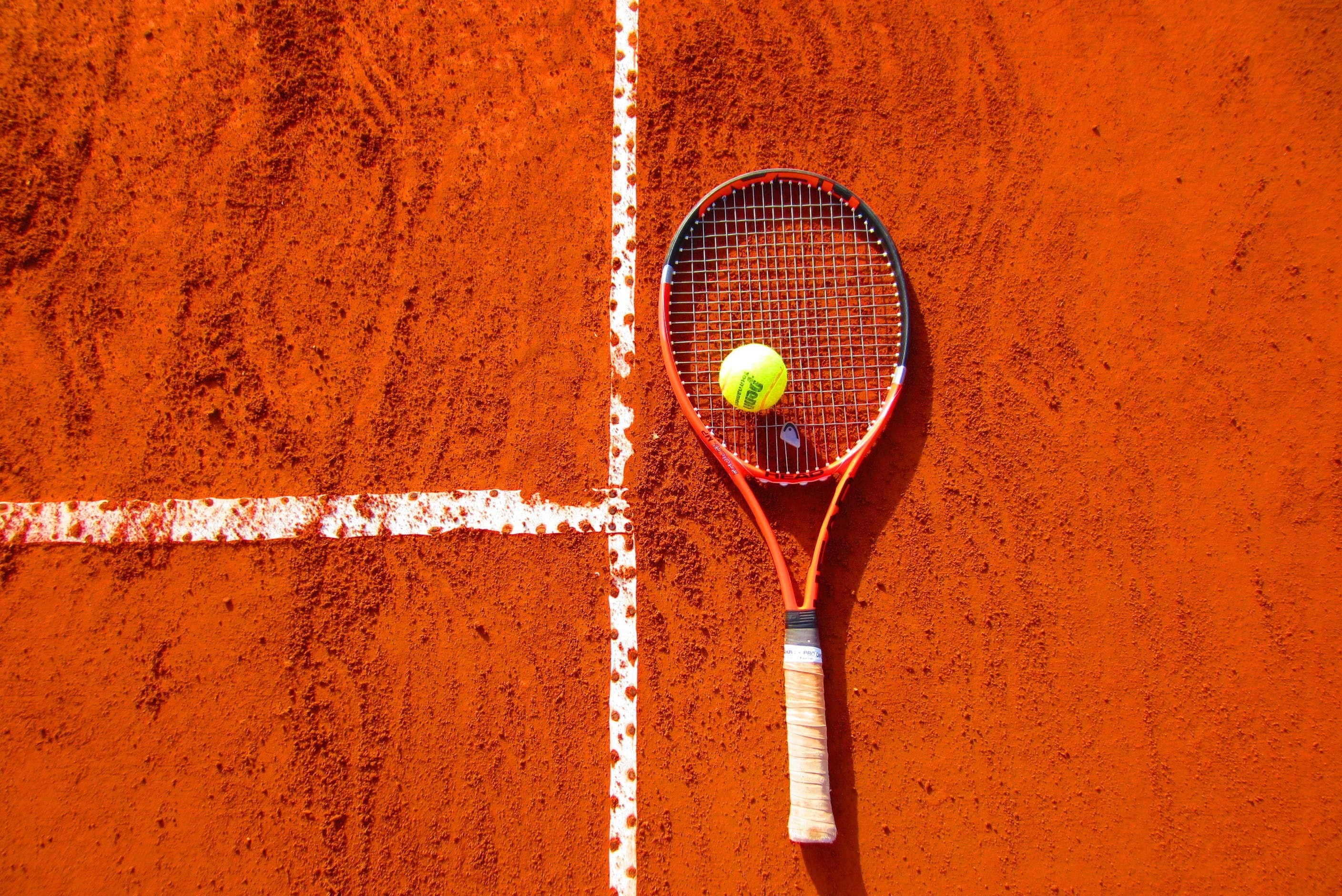The path and payoff to pro sports stardom
 I recently learned where Federer has signed on with clothing sponsor Uniqlo for a reported $300 million dollars. Nike was given the opportunity to match and they declined. I think when the average fan sees these kinds of things they immediately have the wrong impression that maybe they missed their calling–they mistakenly think they might have been good enough to play professional tennis. Hardly. If they only knew just how difficult it is on SOOOOO many levels to reach the heights of a Roger Federer or Serena Williams those ideas of their own dreams would most likely disappear very quickly. What follows is just one example of the difficult path players have to navigate if they want to play on the pro tour. It outlines three ways for players to get into tournaments and it can be a real struggle!
I recently learned where Federer has signed on with clothing sponsor Uniqlo for a reported $300 million dollars. Nike was given the opportunity to match and they declined. I think when the average fan sees these kinds of things they immediately have the wrong impression that maybe they missed their calling–they mistakenly think they might have been good enough to play professional tennis. Hardly. If they only knew just how difficult it is on SOOOOO many levels to reach the heights of a Roger Federer or Serena Williams those ideas of their own dreams would most likely disappear very quickly. What follows is just one example of the difficult path players have to navigate if they want to play on the pro tour. It outlines three ways for players to get into tournaments and it can be a real struggle!
‘Direct Entry’ means that their current ranking qualified them for a spot in the main draw of the tournament. Their name will sometimes appear in the draw prefixed with their ranking (and/or seed) number. Typically, the ranking taken into consideration is what the player was ranked 2 to 3 weeks before the tournament begins (when entries are finalized), so their ranking going into the tournament might be slightly different than their current ranking depending on if they played in a tournament between when entries were finalized and the tournament began.
‘Wildcard’ entry means that their ranking did not qualify them for a main draw position, and they were awarded one of the spots in the main draw reserved for a wild card. Their name will usually be prefixed with “WC” in this case. Wildcards are awarded by the tournament director typically and it is up to their discretion who to award them to. Also, the player would need to request a wildcard in order for it to be awarded to them. For a typical draw, the number of wildcards is not that great – usually between 2 to 4. For a major (128 player draw) – there are 8 wildcard spots.
‘Qualifying’ entry means that the player played 1 or more matches/rounds in a qualifying tournament and earned a spot in the main draw that was reserved as a qualifying spot. Their name will usually be prefixed with a “Q” in the draw in this case. The number of qualifying spots in the main draw usually depends on the size of the main draw – for a major, which has a main draw of 128 players, typically 16 spots will be reserved for qualifiers. Typically, players get chosen for qualifying rounds based on their current ranking – so those ranked high enough (but just outside the range for direct entry) get put into qualifying tournaments. Some tournaments also hold pre-qualifying rounds that are open to absolutely anyone eligible to play by virtue of being a pro and paying the entry fee. This is how the very beginning professionals (or maybe those coming back from an injury) work their way into tournaments.
The one other way a player can get into a main draw is by being what is called a “lucky loser” – which means the player that beat them to earn a spot in the main draw as a qualifier had to withdraw from the tournament before the 1st round began for some reason – so they were put into the main draw in place of that player.
$300 million has a lot of allure for a young player and when they see this going on they naturally want to get into the game. High dollar endorsements can come from a number of other sources like racquets (very common) cars, jewelry, cosmetics/perfumes and a host of other sponsorships from various companies wanting to get maximum exposure for their brand. It’s hard to tell these days what the real reasons are for young players wanting to get into the game of professional tennis but I think it’s safe to say that one of the major reasons is money. It’s not just tennis because other sports are equally responsible for paying ridiculous amounts of money to high profile players. NBA star Lebron James just signed a deal to become a Los Angeles Laker for a reported $154 million 4 year contract. New England Patriots QB Tom Brady’s previous contract was worth $27 million for 3 years and he just signed a 2 year extension for $41,000,000, including a $28,000,000 signing bonus, $28,000,000 guaranteed, and an average annual salary of $20,500,000. THAT’S crazy money for all of those players but again, they excel at their sport and they’re proven winners. That’s something an aspiring young tennis player has to realize. You’re not going to get those sky high salaries and bonuses until you prove one thing–that you’re a winner in your sport, no matter what that sport might be.


Leave a Reply
You must be logged in to post a comment.